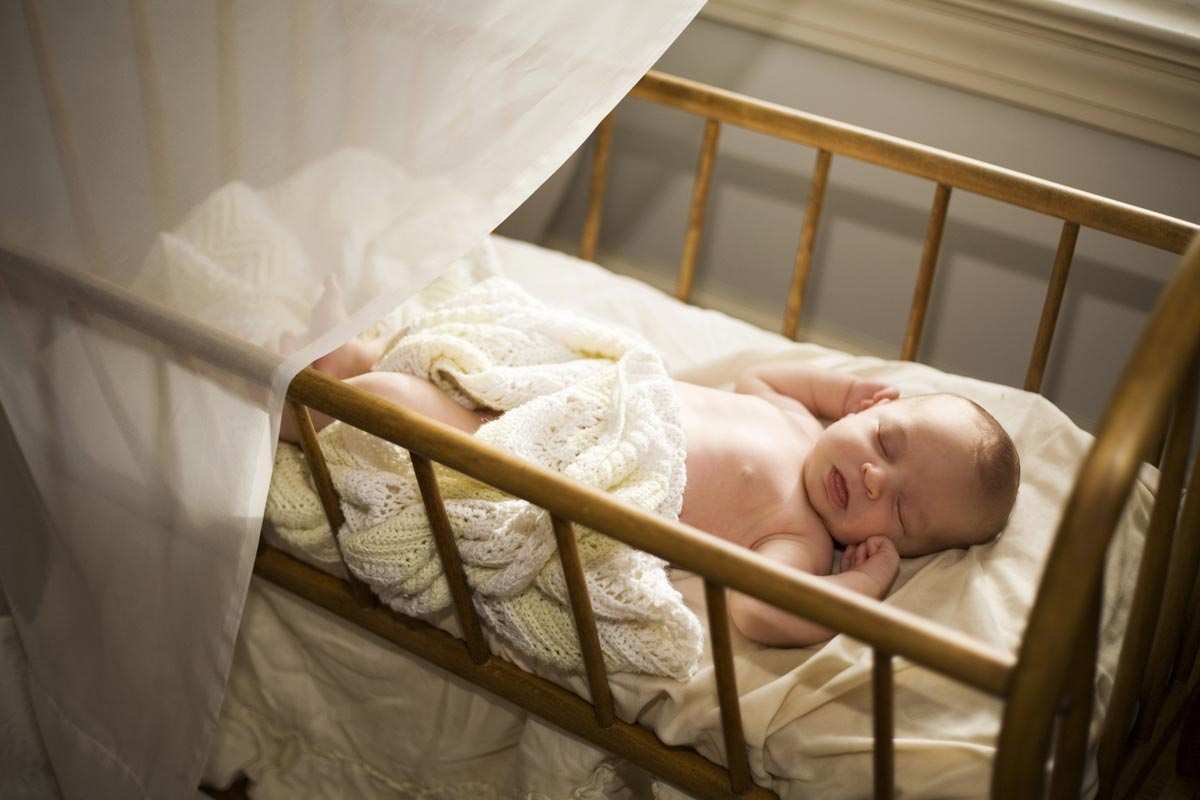How Can You Ensure Baby Comforts and Safety at Home?

Bringing a baby home is one of the most exciting and life-changing moments for any parent. As joyful as it is, it’s also important to ensure your home is a safe and comfortable space for your little one. Providing the best baby comforts and safety at home will not only keep your baby happy but will also give you peace of mind as a parent. In this guide, we will walk you through simple and effective ways to ensure your baby’s comfort and safety at home.
1. Why Are Baby Comforts and Safety Important?
Newborns and infants are delicate, and their needs for comfort and safety are unique. Making sure your baby feels comfortable helps them sleep better, reduces fussiness, and keeps them content throughout the day. At the same time, ensuring a safe environment prevents accidents and protects them from potential hazards.
Why baby comforts and safety matter:
- Comfort leads to better sleep and mood: A comfortable baby is a happy baby, and ensuring their comfort can help them relax and sleep well.
- Safety prevents accidents: Babies are curious and love to explore. A safe home environment protects them from bumps, falls, and other accidents.
- Peace of mind for parents: Knowing your baby is safe and comfortable helps you focus on enjoying your time with them without constantly worrying.
2. How to Create a Safe Sleeping Environment for Your Baby
One of the most important aspects of baby comforts and safety is their sleeping environment. Since newborns spend most of their time sleeping, making their crib or bassinet safe and comfortable is crucial.
Tips for a Safe and Comfortable Sleeping Area:
- Use a Firm Mattress: Always ensure your baby sleeps on a firm, flat mattress. Soft surfaces can increase the risk of suffocation.
- Remove Pillows and Soft Bedding: Avoid placing pillows, heavy blankets, or stuffed toys in the crib, as these can pose suffocation risks.
- Choose Breathable Fabrics: Opt for soft, breathable cotton sheets and swaddles to help regulate your baby’s body temperature and keep them comfortable.
- Place the Crib in a Safe Location: Make sure the crib or bassinet is placed away from windows, curtains, or any cords that could be hazardous.
3. Baby-Proofing Your Home for Safety
As your baby starts to grow and become more mobile, it’s essential to baby-proof your home. This involves securing areas that could be dangerous, like sharp edges, stairs, or electrical outlets. Baby-proofing is one of the most effective ways to ensure baby comforts and safety at home.
Steps for Effective Baby-Proofing:
- Cover Electrical Outlets: Use outlet covers to prevent your baby from sticking their fingers or objects into electrical sockets.
- Install Baby Gates: Place baby gates at the top and bottom of stairs to prevent falls. You can also use them to block off rooms or areas that are unsafe for your baby.
- Anchor Heavy Furniture: Secure bookshelves, dressers, and other heavy furniture to the wall to prevent tipping if your baby tries to climb on them.
- Lock Cabinets and Drawers: Use childproof locks on cabinets and drawers that contain hazardous items like cleaning supplies, medications, or sharp objects.
4. How to Ensure Your Baby’s Comfort Throughout the Day
Ensuring your baby’s comfort isn’t just about creating a safe environment—it’s also about keeping them cozy and content throughout the day. From comfortable clothing to soothing activities, there are several ways to keep your baby happy.
Essentials for Baby Comforts During the Day:
- Choose Soft, Breathable Clothing: Dress your baby in soft, breathable fabrics like cotton that won’t irritate their sensitive skin. Avoid clothes with tight elastics or scratchy seams.
- Maintain the Right Room Temperature: Keep your home at a comfortable temperature. Babies can’t regulate their body temperature as well as adults, so the room should not be too hot or too cold.
- Use a Supportive Baby Carrier: If you plan on carrying your baby, choose a soft, ergonomic baby carrier that provides support while keeping them close and comfortable.
- Create Soothing Spaces: Have a designated space for tummy time and other play activities. Use soft mats or blankets to ensure they are comfortable while playing on the floor.
5. Ensuring Baby’s Safety During Feeding Time
Feeding time is another important part of baby comforts and safety. Whether you’re breastfeeding, bottle-feeding, or starting your baby on solid foods, keeping feeding safe and comfortable is essential for their well-being.
Safety Tips for Feeding Time:
- Choose the Right Feeding Position: Ensure your baby is held upright during feeding to reduce the risk of choking and to aid digestion.
- Check the Bottle Temperature: If you’re using a bottle, always test the milk or formula temperature on your wrist to make sure it’s not too hot.
- Use a High Chair Safely: Once your baby is ready for solid foods, make sure they are seated securely in a high chair with a seatbelt. Never leave your baby unattended in a high chair.
- Avoid Small, Chokable Foods: If your baby has started eating solid foods, avoid giving them small, round foods like grapes, nuts, or hard candy that could pose a choking hazard.
6. Creating a Calm and Soothing Bath Time Routine
Bath time is not only important for keeping your baby clean, but it’s also an opportunity for relaxation and bonding. To make bath time a comfortable and safe experience, there are a few key things to keep in mind.
Tips for a Safe and Comfortable Bath Time:
- Use a Baby Tub: Use a small baby bathtub that supports your baby’s body and prevents them from slipping during bath time.
- Check the Water Temperature: Always test the water temperature with your wrist or elbow before placing your baby in the bath. It should be warm but not too hot (around 100°F or 37.8°C is ideal).
- Stay Within Reach: Never leave your baby unattended in the bath, even for a moment. Always keep one hand on your baby to prevent accidents.
- Use Gentle Bath Products: Choose gentle, baby-friendly bath products that won’t irritate your baby’s sensitive skin.
7. Balancing Comfort and Safety During Playtime
Playtime is an important part of your baby’s development, helping them learn and grow while having fun. However, it’s also important to balance comfort and safety during playtime, especially as your baby begins to explore their environment.
Playtime Comfort and Safety Tips:
- Choose Age-Appropriate Toys: Make sure toys are appropriate for your baby’s age and free of small parts that could be a choking hazard.
- Create a Safe Play Area: Set up a safe play area with soft surfaces, like play mats or foam tiles, to protect your baby if they fall.
- Avoid Over-Stimulation: Keep playtime fun and engaging, but avoid overwhelming your baby with too many toys or loud noises. Simple, calming activities can be just as enjoyable.
Conclusion
Ensuring baby comforts and safety at home involves creating a safe, nurturing environment where your baby can thrive. By focusing on safety measures like baby-proofing, using the right products, and providing a soothing and comfortable space, you can give your baby the best possible start in life. Remember, a safe and comfortable baby is a happy baby—and that leads to happier parents too!

